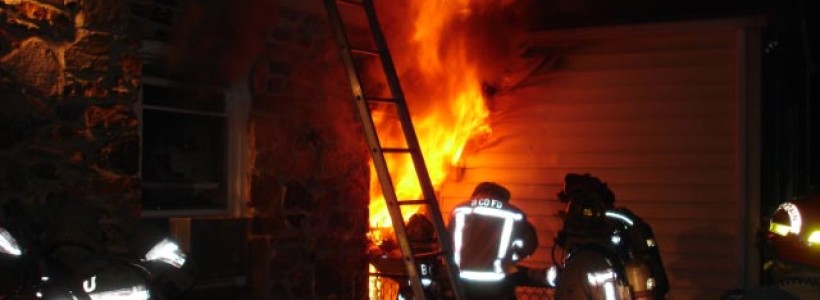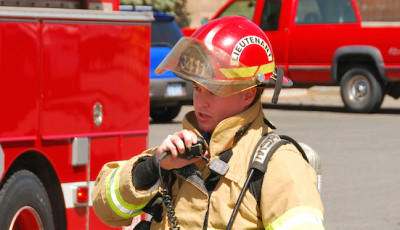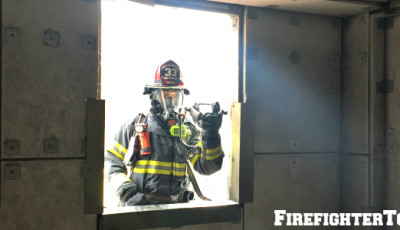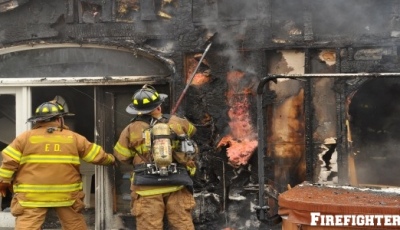Tactical Ventilation – Understanding the Principle
The use or non-use of ventilation in structure fires has been debated for many years.
Is it important? When do we need to vent? Do we vent first or stretch the attack line first? Who has time for that?
The questions and opinions go on forever. In order to make educated decisions regarding fire suppression, we must first understand what actually happens when a room and it’s contents burn.
As we all should know by now, fire grows in stages, this growth depends on several factors:
• Fuels (amount and type)
• Heat production of the fuel (BTUs)
• Room size and configuration
• Amount of available oxygen
• Growth inhibiting or accelerating factors
The first three components we have very little control over as a responding force. The next 2 we directly or indirectly affect. In the early stages of fire growth, the amount of oxygen needed to support fire growth is normally more than sufficient. As the fire produces more bad air and uses the good air the balance begins to change. As this balance is tilted to air deprived or oxygen deprived the fire growth slows.
However, the heat production increases within the compartment. More bad air (Carbon, Carbon Monoxide and other flammable gases) are produced. This sets the stage for bad things to happen. Unless the occupant or heat provides a means of fresh air to enter the involved compartment the fire will slowly die. Unfortunately, that rarely happens.
The occupant(s) leave a door open in their escape or the heat breaks a window and now more fresh air is added to the environment, or we arrive! So, what do we have to do with fire growth? It’s all about air!!!
As the nozzleman and others make entry into the structure they create the first, and normally the largest vent point, the door. Now fresh air rushes in, heat moves out at the top of the opening, and we begin to obtain that all important “balance” the fire needs to grow and grow rapidly in some cases.
In the time it takes for the nozzleman to move toward the seat of the fire, rapid fire growth is normally occurring, producing that feared dynamic of flashover. If someone is in the involved compartment, be it us or a victim, they are in a world of hurt.
That is where the next component, growth inhibitors or accelerators fits into the Principles of Ventilation. We will discuss this aspect in the next episode of “Jane get me off this crazy ride”! Till then be safe and thirsty for knowledge!”











Pingback: Tactical Ventilation – Understanding the Principle from www.FirefighterToolBox.com | Modern Fire Behavior